Quantum simulation is an exceptionally vivid field of research embracing several areas of physics, ranging from atomic, molecular, and optical physics, to condensed-matter, nuclear, gravitational and high-energy physics, as well as quantum information science. The goal of quantum simulation is to address important, yet unsolved quantum Hamiltonians by “synthesizing” them in experimental quantum systems so as to directly measure the properties of these models, otherwise very hard to be handled by classical computations. This approach is well summarized by Feynman's own words: 'Nature isn’t classical, dammit, and if you want to make a simulation of nature, you’d better make it quantum mechanical, and by golly it’s a wonderful problem, because it doesn’t look so easy'. Ultracold atomic quantum gases, in particular, offer a unique setting for quantum simulation of interacting many-body systems. The high degree of controllability, the novel detection possibilities and the extreme physical parameter regimes that can be reached provide an exciting complementary set-up compared e.g. with natural condensed-matter systems, allowing the study of novel quantum states of matter that are very hard to achieve, or are completely inaccessible in Nature.
In the last ten years, a worldwide effort has been devoted to pursuing these goals, bringing together researchers from very diverse disciplines. It has been experimentally proved that through quantum simulation, one can extract the equation of state of Bose and Fermi systems, map out phase diagrams, detect quantum critical behavior, realize new forms of strongly-correlated fermionic superfluids, and determine localization in disordered systems even in the presence of interactions, giving experimental support to the now popular field of many-body localization. At the same time, the breakthrough in controlling long-range interactions via Rydberg atoms, polar molecules and trapped ions, and the success in reaching quantum degeneracy for large-spin particles have opened up exciting possibilities of exploring new classes of magnetic Hamiltonians both in the ground state and their non trivial quantum dynamics. Moreover, the trapping of atoms with high magnetic moments led recently to the discovery of the quantum analogue of classical ferrofluid phases.
The realization of the quantum gas microscope, since recently available also for fermionic atoms, has opened up yet another set of amazing possibilities, from directly accessing correlations of quantum states, to directly probing the wave functions of many-body systems out of equilibrium through quantum quenches. One of the remarkable achievements in recent years has also been the realization of synthetic background gauge fields, akin to magnetic fields in electronic systems, and exact implementations of fundamental models of topological quantum matter, whose importance was recently recognized with the Nobel prize. Finally, the quantum simulation of dynamical abelian and non-abelian gauge fields using ultracold gases in optical lattices paved the way for the realization of toy models of quantum field theories leading to the big goal of solving yet unresolved mysteries of high-energy physics as well as topological quantum matter.
These spectacular results have opened new directions of research and more ambitious challenges. The purpose of this event is to bring together young and experienced researchers in the rapidly developing field of quantum simulation with ultracold atoms to interact and develop new ideas in a pleasant scientific environment. The conference will be divided into a school dedicated to young scientists entering the field, and an international workshop where the latest developments and major challenges, as well as the new directions, will be targeted and discussed.
